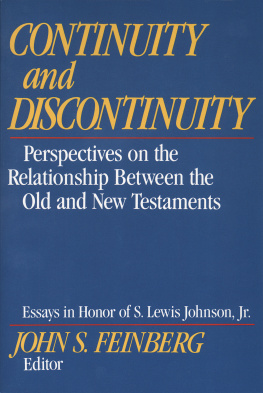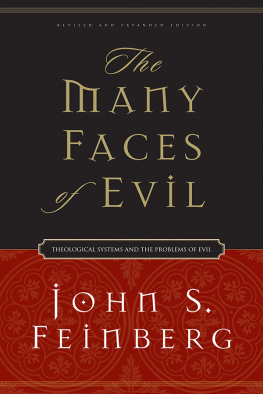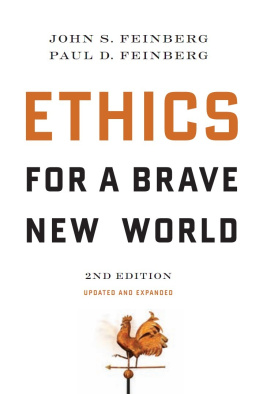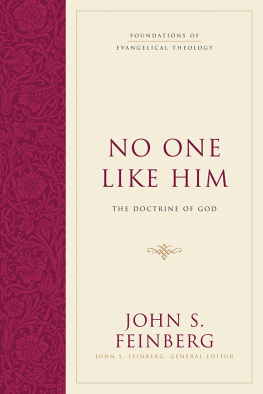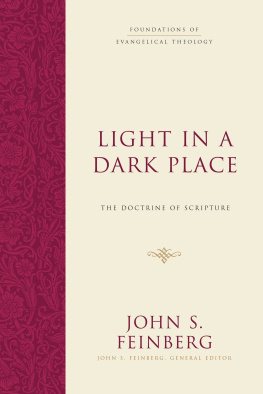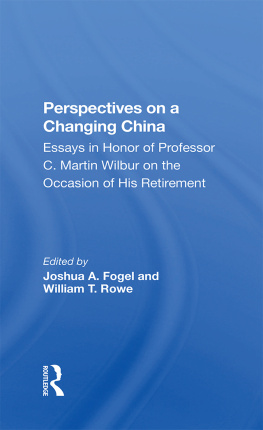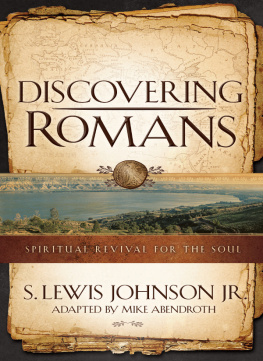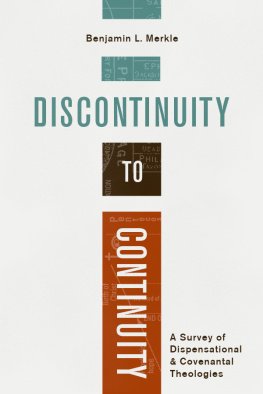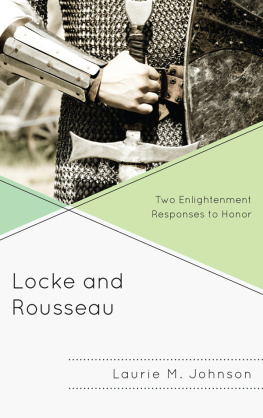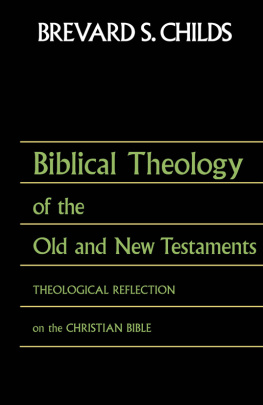| ARG | Archiv fr Reformationsgeschichte |
| BETS | Bulletin of the Evangelical Theological Society |
| BEvT | Beitrage zur Evangelischen Theologie |
| Bib | Biblica |
| BIOSCS | Bulletin of the International Organization for Septuagint and Cognate Studies |
| BrLT | Brethren Life and Thought |
| BSac | Bibliotheca Sacra |
| CBQ | Catholic Biblical Quarterly |
| Com | Communio |
| ConJ | Concordia Journal |
| CrisTR | Criswell Theological Review |
| CT | Christianity Today |
| CTJ | Calvin Theological Journal |
| Enc | Encounter |
| EvQ | Evangelical Quarterly |
| ExpT | Expository Times |
| FRLANT | Forschungen zur Religion und Literatur des Alien und Neuen Testament |
| GTJ | Grace Theological Journal |
| HibJ | Hibbert Journal |
| HIST | The Historian |
| Int | Interpretation |
| IRB | International Reformed Bulletin |
| JBL | Journal of Biblical Literature |
| JBLMS | Journal of Biblical Literature Monograph Series |
| JEH | Journal of Ecclesiastical History |
| JES | Journal of Ecumenical Studies |
| JETS | Journal of the Evangelical Theological Society |
| JSNT | Journal for the Study of the New Testament |
| JSNTSupp | Journal for the Study of the New Testament Supplement |
| JSS | Journal of Semitic Studies |
| LW | Lutheran World |
| MenQR | Mennonite Quarterly Review |
| MisBib | Miscellanea Biblica |
| NGTT | Nederuits Gereformeerde Teologiese Tydskrif |
| NIDNTT | The New international Dictionay of New Testament Theology |
| NovT | Novum Testamentum |
| NTD | Das Neue Testament Deutsch |
| NTS | New Testament Studies |
| OTS | Oudtesramentische Studien |
| PhilT | Philosophy Today |
| PR | Pro Rege |
| PRS | Perspectives in Religious Studies |
| PSB | Princeton Seminary Bulletin |
| Ren | Renewal |
| RevBib | Revue Biblique |
| RThR | The Reformed Theological Review |
| SBM | Stuttgarter Biblische Monographien |
| SE | Studia Evangelica |
| SJT | Scottish Journal of Theology |
| ST | Studia Theologica |
| SwJT | Southwestern Journal of Theology |
| TB | Tyndale Bulletin |
| TDNT | Theological Dictionary of the New Testament |
| TDOT | Theological Dictionary of the Old Testament |
| Them | Themelios |
| ThZ | Theologische Zeitschrifr |
| TJ | Trinity Journal |
| TSFBul | Theological Students Fellowship Bulletin |
| TToday | Theology Today |
| TWNT | Theologisches Wrterbuch zum Neuen Testament |
| WesITJ | Wesleyan Theological Journal |
| WTJ | Westminster Theological Journal |
| WUNT | Wissenschaftliche Untersuchungen zum Neuen Testament |
| ZAW | Zeitschrift fur die alttestamentrliche Wissenschaft |
/ 1 /
Rodney Petersen
T he first question in the interpretation of Scripture for the Christian after acknowledging the Lordship of Jesus Christ is how to relate the Hebrew Scriptures to the New Testament. Many of the divisions between Christian churches arise from differing ways of understanding this relationship. Such was the case in the early years of the church. It was an issue during the Reformation as well as in later and more recent periods of church renewal.
Our question was Philips question to the Ethiopian eunuch: Do you understand what you are reading? (Acts 8:30). It was that of the two disciples on the road to Emmaus (Luke 24:13.49). We might reformulate it today. For example, is the AIDS health crisis a plague brought upon modem society by a wrathful God? Does the cry for freedom and justice by the black population of South Africa have similarities with that of the Hebrews under Egyptian tyranny? Or, does Israel have a prophetic right to Palestine that excludes full franchise of the Arab population?
Philips answer was to point the Ethiopian to Christ. Here is where the enigma of the OT might be understood. In the end that has been the churchs answer to the relation between the Testaments. There is more to it than that, but we do need to begin here. Scripture records Jesus treating the tradition as pointing to himself (John 5:39). He and his mission took up and fulfilled key concepts in the Hebrew Scriptures. Furthermore, not only had something come to completion in him, but a new period of history had begun (Luke 4:16-21). Finally, Jesus drew a distinction between the will of God, for which he appeared to speak directly, and what had been allowed by the tradition (e.g., Mark 10:2-12). Yet, almost paradoxically, Jesus held a rigorous view; all of the law was to be fulfilled. Its force continued (Matt 5:18: Luke 16:17), but it was humanized and deepened through loyalty to him.
These three themes are found throughout the Gospels. They appear in early Christian preaching in Acts. However, one might argue that the first methodological consideration given them as they touch our question came from the Apostle Paul. The resolution of revelation in two dispensations, each with its own law related to Christ, comes first as a gift from God (2 Cor 4:3-4). This was implied by Jesus (Mark 4:9-12). It is a principle followed by the church, especially in discerning the deeper meanings of the text as they grow out of the interrelation of the Testaments. Secondly, Paul argues pointedly in Galatians and Romans that all Scripture points to Christ. God is its formal author, Christ the material message. Finally, the nature of the relationship between the old dispensation and the new, frequently understood as that of type or allegory, is presented clearly by Paul in reference to the sons of Abraham, Ishmael and Isaac, born by Hagar and Sarah (Gal 4:21-31 ).
Pauls argument in Galatians, extended more freely by the author of the book of Hebrews, does two things of significance in relation to the Testaments. First, it offers a hermeneutic or methodology for the interpretation of Scripture. Secondly, something is said about the movement of history by the way in which one understands the Testaments to interrelate. Both of these issues are of direct interest when we ask how various thinkers in the history of the church sought to understand the relation between the OT and NT.
T HE A POSTOLIC F ATHERS AND A POLOGISTS
The Testaments began to take their canonical form in the first century Documents arising from the origin of Christianity soon appeared together with and after the churchs founding. The emergence of Christianity as a religion, distinct from Judaism, and the destruction of the second temple in A.D. 70 prompted the formulation of the prototype for the Massoretic text. This, together with the Septuagint and other variants, became the Christian Old Testament. The Septuagint, believed to have been the version used by Jesus and the early church, was the standard form of the OT for almost all of the church fathers down to the fourth century Following the completion of Jeromes Latin Vulgate, Christians were provided with a standardized version of the OT for the next thousand years that drew upon both Greek and Hebrew texts.

